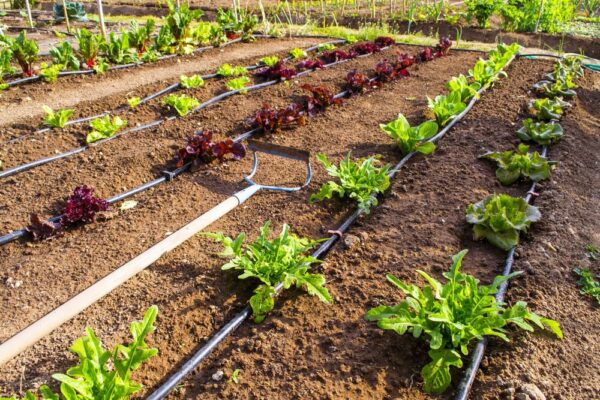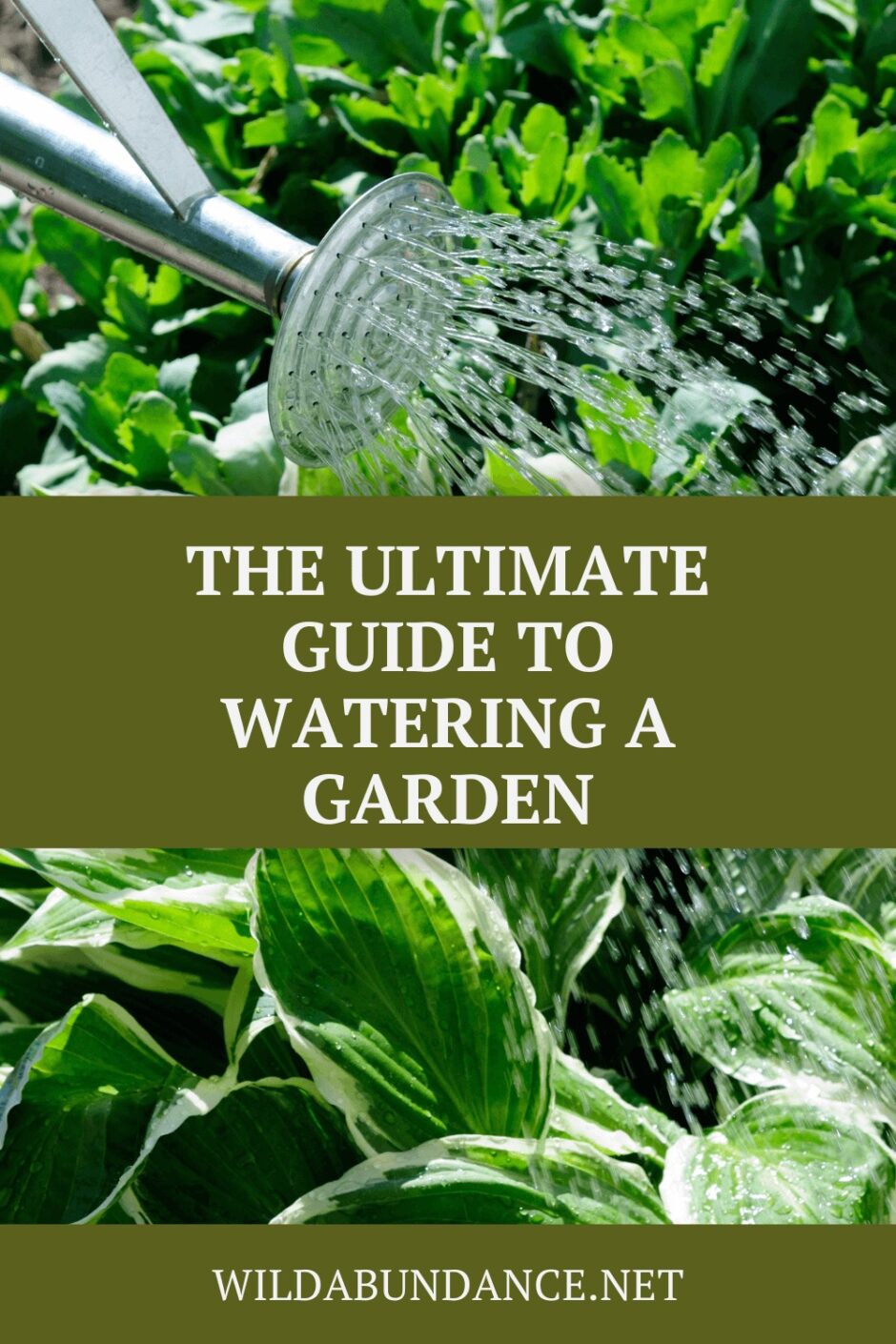

Water is life! Watering a garden is as essential as sunshine, seeds, and soil. Both too much and too little water can be harmful to plants, so striking a balance is key. No matter where you live, and what amount of rainfall you get, there are water-honoring strategies that will help you conserve and utilize water intelligently and efficiently so that your garden flourishes.
To learn more about watering a garden, weeding, tending transplants, selecting seeds, and more, plus step-by-step growing guides for over 25 vegetables, herbs, and berries, enroll in our online gardening class.
How much water does a vegetable garden need?
Generally speaking, a vegetable garden needs 1-2 inches of water per week. This translates to around a gallon per square foot, over the course of a week. This amount varies from crop to crop, and is dependent on how hot, dry, and windy the weather is, and if the soil is exposed or covered with mulch. When it’s hot, dry and windy, more water is lost through transpiration and evaporation, so more watering might be necessary. On the other hand, when it’s overcast and cool, and the soil is covered, more water stays in the ground. And of course, when it rains or snows, that counts toward the total for that week. For these reasons, fall gardening tends to require less watering.
To measure how much water your garden is getting from rain and overhead watering (i.e. not a drip system), you can use a rain gauge or just a cylindrical container. Check this professional or home-made water measuring device each week to make sure you’re getting to 1-2 inches. If you choose to repurpose a container for this job, make sure it’s perfectly cylindrical and not wider at the top or bottom.
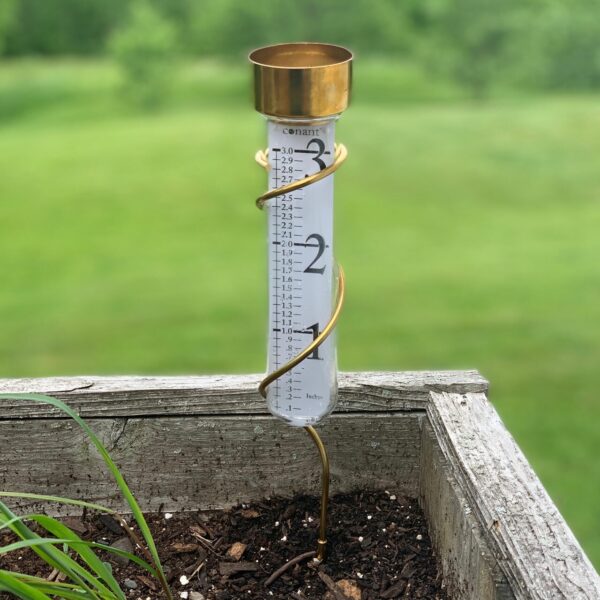

How often should I water my garden?
How often to water a garden depends on several factors, and ranges from twice a day to once a week, or never if it rains a lot. Should you choose to direct sow some of your crops, then daily or even twice-daily watering will be necessary for the seeds to germinate (especially with carrots!). After that, watering every couple of days will likely be fine until the little plants get established. Just like how much to water, how often also depends on factors like type of crop, weather and if the soil is exposed or covered with a mulch layer, which reduces evaporation.
One important thing to keep in mind is that long, deeper watering is much better for your soil and established plants than quick, shallow waterings. This means taking the time to water thoroughly once or twice a week is actually more effective than watering daily.
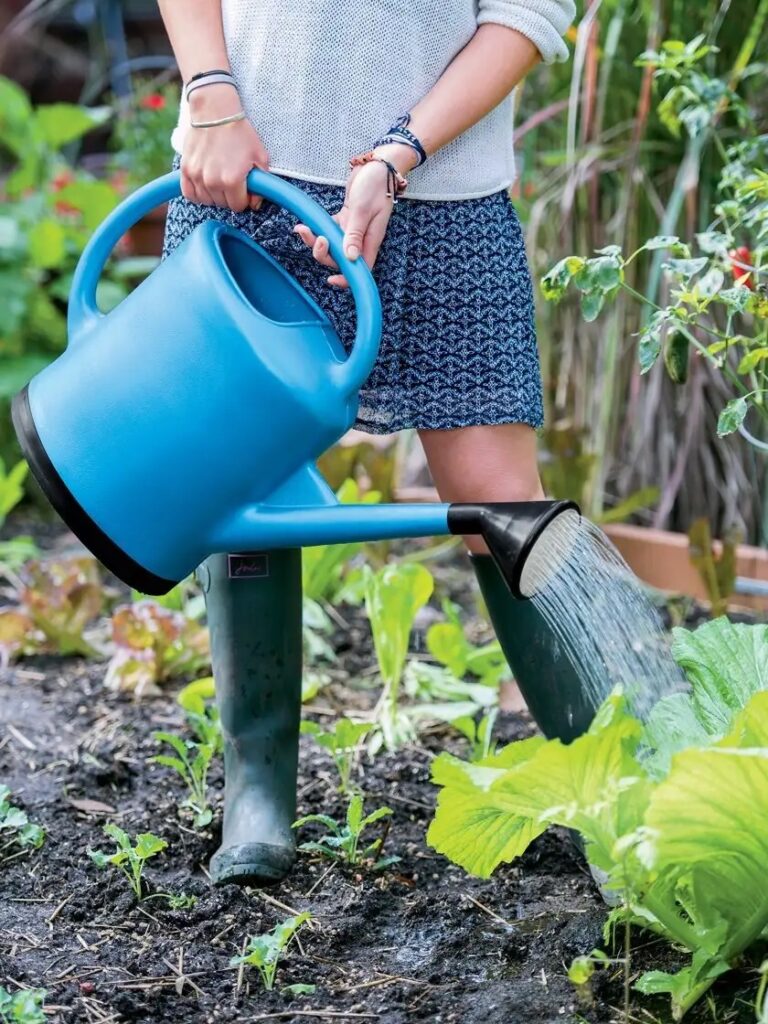

When is the best time for watering a garden?
The ideal time for watering a garden with overhead irrigation is usually early in the morning. This is because less water will evaporate into the cool morning air. Plus, if plant leaves get wet, they won’t stay wet long enough to harbor fungal pathogens like powdery mildew. If you water in the evening, you will also get most of the water into the ground, but when plants remain wet all night this can cause problems.
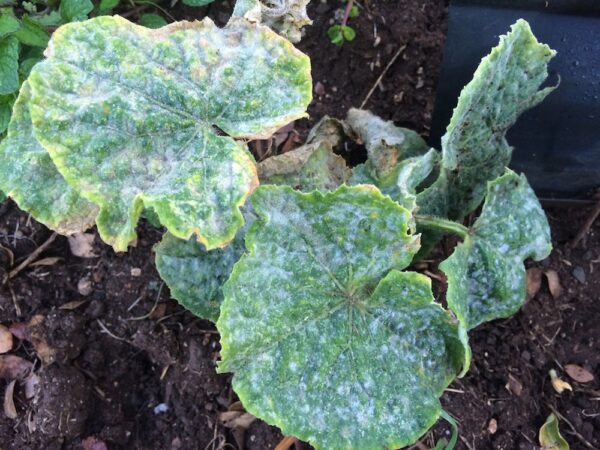

In the case of watering in the middle of a sunny day, you’ll lose some water to evaporation. Another disadvantage of high-noon watering is that water droplets on leaves can act like magnifying glasses and concentrate sunlight to the point of burning. However, it’s better to water on a sunny day than not to water at all. When it’s overcast, you can safely water any old time.
If you’re watering a garden with drip irrigation, there’s more flexibility with timing. You can water any time, even in the middle of a hot sunny day. In fact, watering at this time with a drip system can reduce stress on plants in the height of summer, when temperatures and transpiration soar.
What are the different ways to water a garden?
There are many ways of watering plants, from very low-tech, to completely automated. In order to choose what’s best for you, consider your climate (how much it rains, or not), the size of your garden, your budget, and how savvy you feel with irrigation gadgets.
Here’s an overview of the different methods for watering a garden, including pros and cons of each:
Overhead watering: Hand watering (hose with water wand or garden nozzle, or watering can)
- Pros: Low-tech and low investment; option to “spot water” wherever you want, without watering the whole garden; gets you to pay attention and spend time in the garden observing and tending on a regular basis.
- Cons: Can end up watering irregularly; time consuming; dragging hoses around can be a pain; water droplets on plant leaves can cause burning in the sun, or fungal diseases in overcast/overnight conditions.
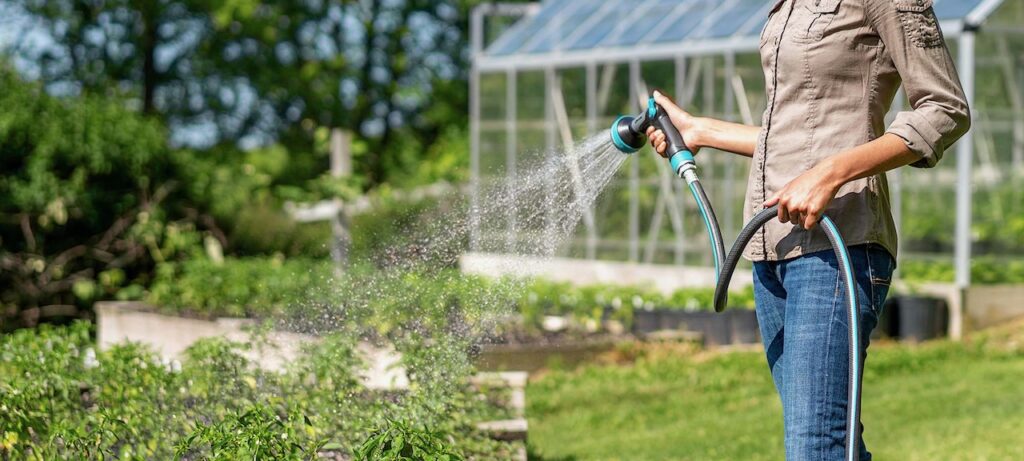

Overhead watering: Sprinklers
- Pros: Can cover large areas with minimal hands-on time; slow, steady watering; cools the air above/around crops (can be a con); smaller sprinklers can be very affordable.
- Cons: Can’t “spot water;” sometimes the edges don’t get enough water; bigger sprinklers can be pricey and require high water pressure; more water loss to evaporation; water droplets on plant leaves can cause burning in the sun, or fungal diseases in overcast/overnight conditions; need to drag hoses around to feed sprinklers.
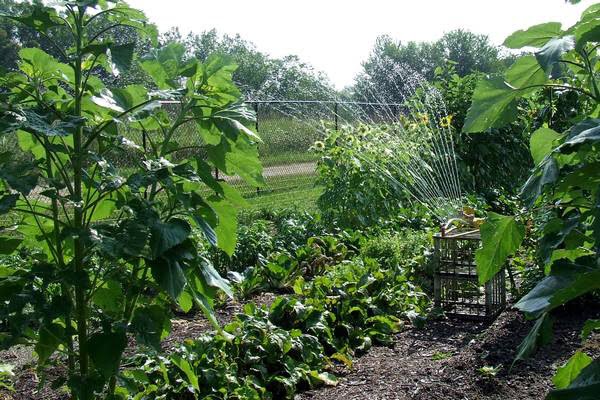

Flood Irrigation (This method is time tested, and has been used by humans for thousands of years, but isn’t very common in the US today, except for certain crops like rice)
- Pros: Very low tech and no cost; soaking in of flood water allows for deep penetration; no water to leaf contact so no chance of burning or fungal issues; ancient and elegant.
- Cons: Need to plan, design, and build garden beds with this system in mind ahead of time (beds need to be raised up, with flood irrigation furrows between them and connected); can lose some floodwater to runoff; requires management so that crops don’t truly get flooded.
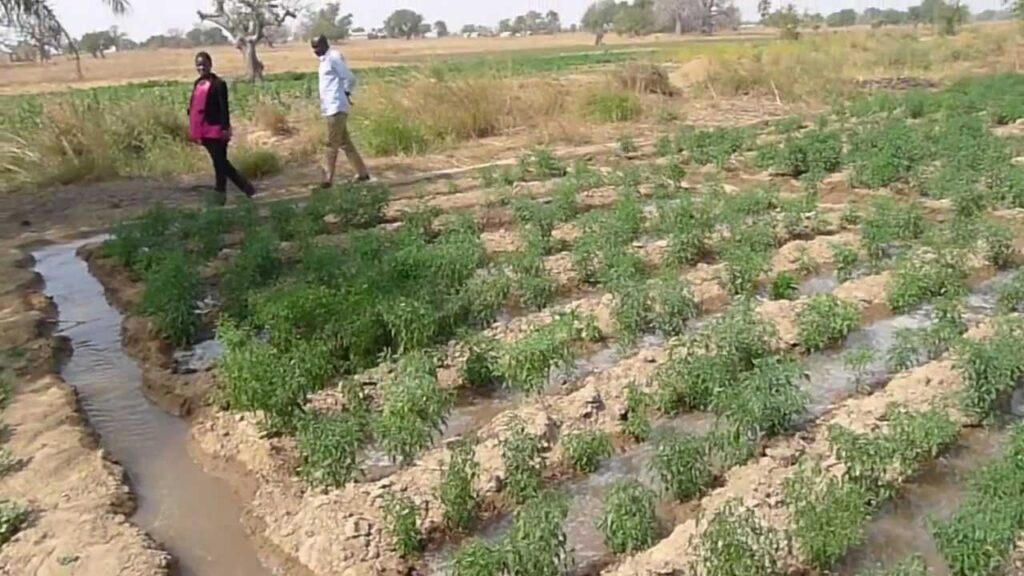

Drip Irrigation
- Advantages: Water conserving; can be set on a timer and automated, so you don’t have to think about watering; only waters where you plants are, so in drier areas this can lead to fewer weeds; can design systems that give more or less water to different areas of the garden.
- Disadvantages: Requires some investment and careful setup; timers and hoses can fail, and if you’re expecting it to run itself, you may not notice and end up with dry plants or a flood on your hands; you’ll have to work around drip lines and be careful not to cut them with tools, especially battery powered lawn tools; once the system is set up, it can be hard to change your mind about which areas get how much water. You can also check out an interesting article on battery-powered lawn tools here.
- Check out this awesome video on drip systems from our friends at Peaceful Valley Farm Supply.
